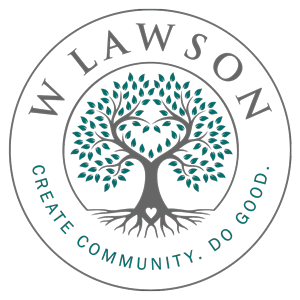Building Community With Inclusion and Belonging
This webinar, hosted by Linked Senior as part of their Activity Strong Executive Edition series, features Marvell Adams Jr., founder and CEO of W. Lawson, discussing how to build communities where inclusion and belonging are core values.
Adams frames the discussion around three major trends impacting senior living communities:
- The Great Resignation: Employees questioning their relationship with work, particularly in senior care
- The Great Retirement: Leaders in senior services approaching retirement age
- The Great Rejection: Older adults increasingly rejecting age-segregated communities and seeking inclusive environments
The presentation explores how organizations can begin their journey toward creating more inclusive communities. Marvell emphasizes that this journey must start with self-reflection (“know thyself”) and willingness to experience discomfort. Through interactive polling, participants identified which aspects of diversity they were most interested in including, with family structure, language/communication skills, race/ethnicity, age, and mental/physical ability emerging as top priorities.
The webinar outlines a framework for creating inclusive communities that involves:
- Identifying which aspects of diversity you want to invite in
- Understanding what aspects of yourself you’re willing to share
- Honestly assessing your current community’s diversity characteristics
- Taking concrete actions to learn about differences (most participants chose online research)
- Engaging courageously with diversity (most participants preferred one-on-one conversations)
Adams emphasizes that creating inclusive communities requires both intention and action. He notes that the most common stumbling blocks occur when people don’t conduct honest self-inventory, rendering their inclusion efforts inauthentic.
Participants are asked about handling situations when team members are at different stages of readiness for inclusion work. Adams recommends shared learning experiences (like book clubs) and using assessment tools to create understanding. He also addresses the challenge of authenticity when serving populations with different values, advising participants to first determine what they’re comfortable sharing rather than limiting themselves based on others’ assumptions.
The webinar concludes with Adams encouraging organizations to commit specific resources, time, and energy to inclusion efforts rather than just expressing willingness, emphasizing that inclusion requires consistent, intentional work.


